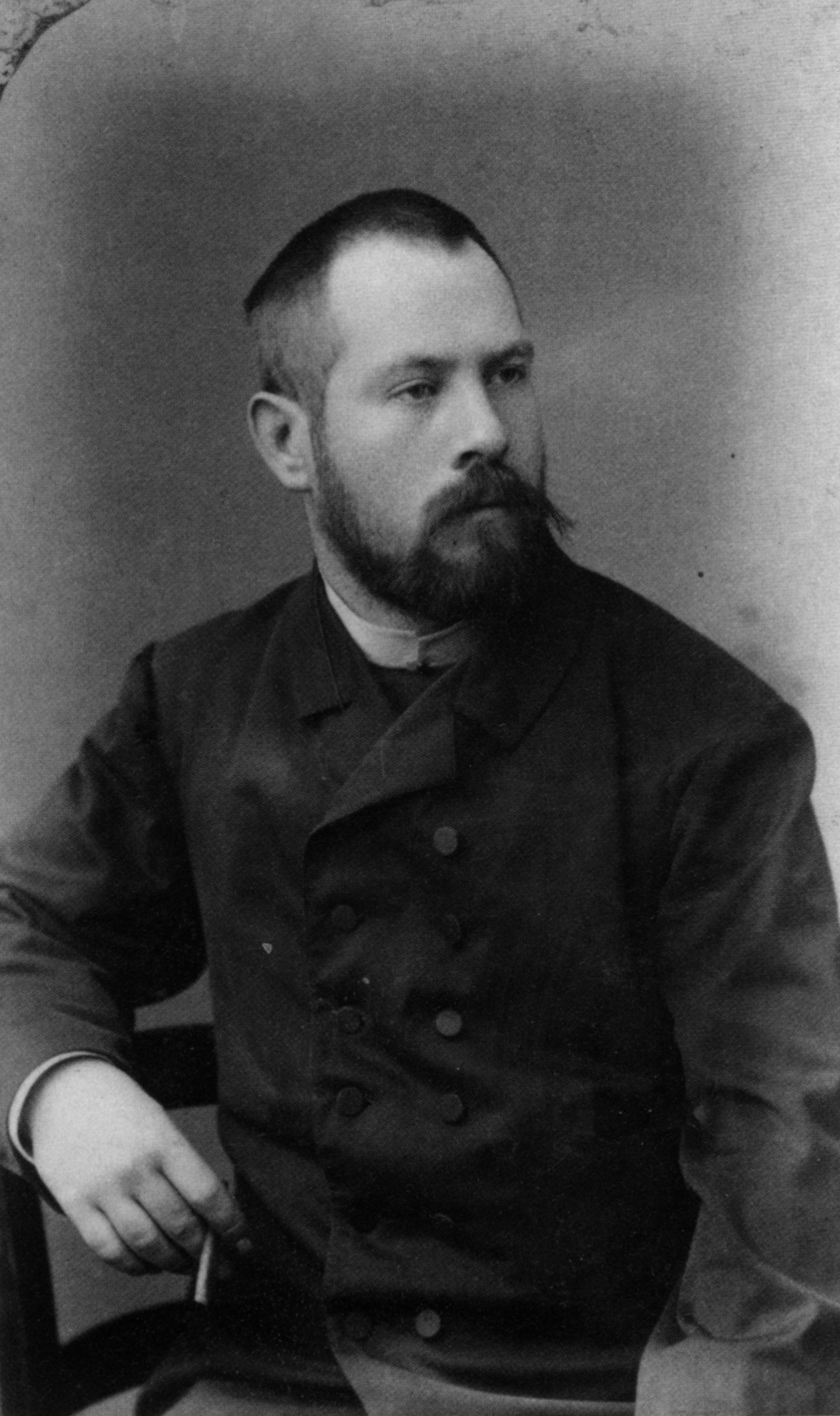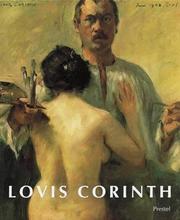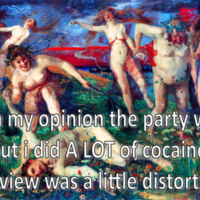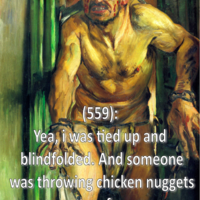More about Lovis Corinth
- All
- Info
- Shop

Sr. Contributor
Louis developed a v-card and became Lovis. "U's" are so mainstream, anyway.
He was one of those country kids who move to the big city in search of their dreams. In this case, the city was Paris and the dream was respect from the establishment. While the Paris Salon (read: the establishment) accepted his work from time to time, he never received the acknowledgement he desired. Really, unless someone crowned him King of Art and hoisted him atop their shoulders and shouted "Lovis! Lovis! Lovis!," he was going to be disappointed. Despite working in Paris at the same time as ALL. OF. THE. Impressionists, he claimed to know absolutely nothing of Impressionism.
So, Lovis moved to Munich and painted a while. Couldn't find his own voice. He experimented with expressionism, and tried to join it with his love of the classics. Especially the fleshy stuff from Peter Paul Rubens. However, he spent so much time shotgunning beer and shooting champagne flutes that it left him little time for anything else. Let alone painting masterpieces. Thus, Lovis spent almost a decade having a lost weekend in Munich.
Paris didn't "get him" and he was too liquored up in Munich to function, so Lovis made the only smart move available: uproot and start fresh in Berlin. He opened an art school for women and married the first student that walked through the doors. Her name was Charlotte Berend, and they had a bunch of brats together. He painted her and they lived well. Lovis didn't exactly have people breaking down the door for his painting, but he did well doing portraits. Plus, his relations in Prussia had land that brought in good money for the wife and kids. All in all, they were happy. Then, tragedy struck.
Lovis suffered a massive stroke at the age of 53. It was an event that could topple most. But, Lovis thrived. Charlotte helped him learn to paint again. And his style coalesced into something totally engrossing, something vibrant. He began producing morbid self-portraits and landscapes that brought an amount of fame heretofore unknown to Lovis. He became involved with the Berlin Secessionists and succeeded Max Liebermann as the group's president until his death of pneumonia in Amsterdam while trying to see works by Rembrandt and Frans Hals in 1925. Just a handful of years later, the Nazis declared no less than 295 of his works degenerate and had them removed from public collections. And that's how you know you've really made it big.
Featured Content
Here is what Wikipedia says about Lovis Corinth
Lovis Corinth (21 July 1858 – 17 July 1925) was a German artist and writer whose mature work as a painter and printmaker realized a synthesis of impressionism and expressionism.
Corinth studied in Paris and Munich, joined the Berlin Secession group, later succeeding Max Liebermann as the group's president. His early work was naturalistic in approach. Corinth was initially antagonistic towards the expressionist movement, but after a stroke in 1911 his style loosened and took on many expressionistic qualities. His use of color became more vibrant, and he created portraits and landscapes of extraordinary vitality and power. Corinth's subject matter also included nudes and biblical scenes.
Check out the full Wikipedia article about Lovis Corinth














